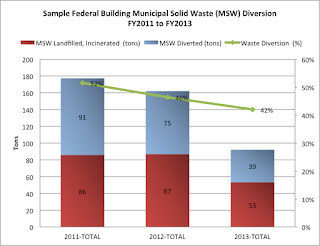HOW WALK MAKES HEALTHY AND FIT

Walking makes us healthy. It maintains and improve our health. Walking can be done any time in a day and it requires less or no equipment. A study conducted in 2007 about inactive women depicts that even 75 minutes walk per week makes the person fit as compared to non exercising groups. Walking is a great form of physical activity for the people who are overweight, elder and who have not walked for long time. HEALTH BENEFITS FROM WALKING The benefits gained from walking are as follows: increased cardiovascular and pulmonary fitness strong bones, improve balance increase muscles strength reduce body fat improved management of conditions such as hypertension, diabetes, high cholesterol, high muscular pain walking makes you happy walking boosts vitamin D It prevents dementia It tones up legs, bums and tums It gives us energy Different studies show that regular exercise lowers the risks to certain cancers such as breast and colon cancers. PEDOMETER USE A pedometer is used to mea...





